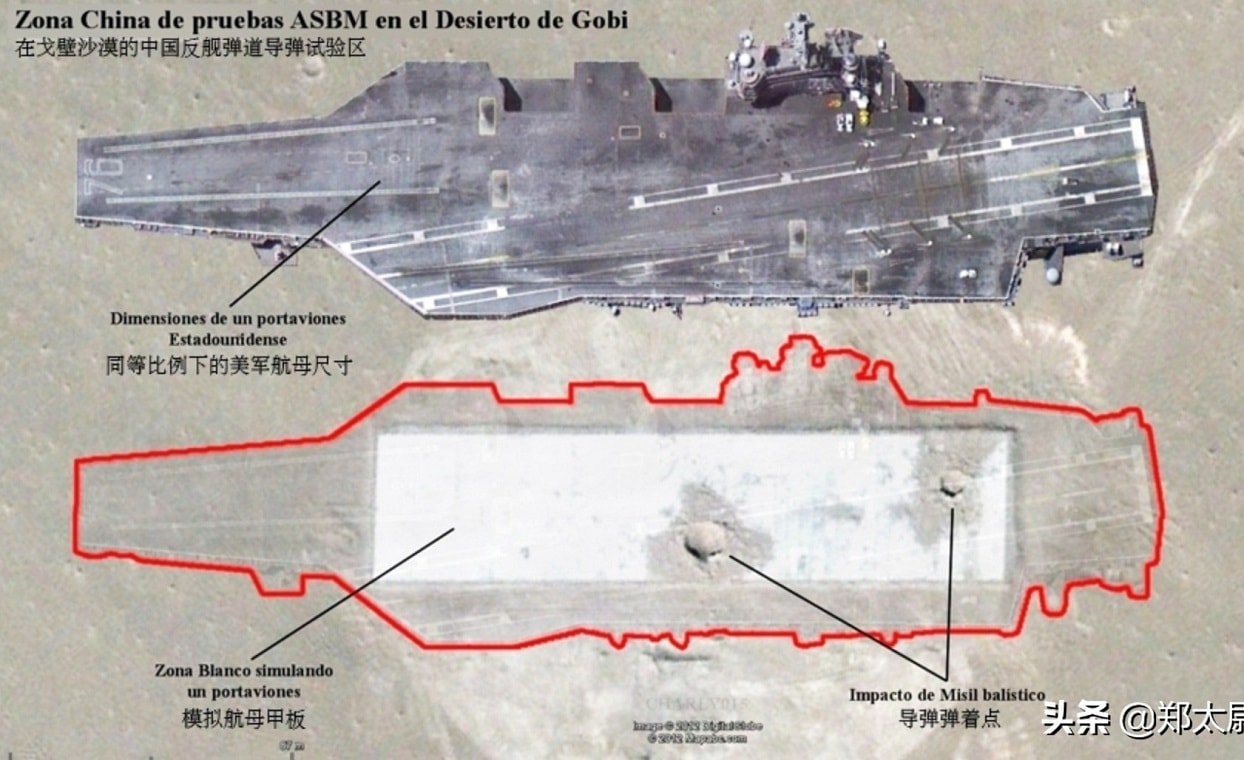China’s YJ-21 Anti-Ship Missile Test Warns Washington: Taiwan Isn’t Ukraine – China’s test of a new anti-ship missile may be sending America a message: Taiwan isn’t Ukraine.
Chinese leaders may fear that Ukraine’s success in frustrating Russia’s invasion – partly based on military aid from NATO nations – will encourage Taiwan into believing that U.S. support will allow it to defeat a Chinese invasion.
“Beijing is worrying that the unlimited U.S. military assistance to Ukraine and a recent American congressional group tour to Taiwan might make Taipei believe Washington may provide the same help in the event of a conflict between the mainland and Taiwan,” Chinese military expert Zhou Chenming, told the South China Morning Post.
As a matter of military technology, attention will be paid to the video of the mysterious YJ-21 anti-ship ballistic missile (ASBM), released by the Chinese government for the first time. Perhaps more notable was that the YJ-21 – or Eagle Strike 21 – was launched from a new Type 055 cruiser. China already has land-based anti-ship ballistic missiles – the notorious DF-21 and DF-26 “carrier killer” weapons – as well as an air-launched ASBM on the H-6 bomber.
Not surprisingly, these ASBMs deeply worry the U.S. Navy. With ranges of more than a thousand miles, they soar high into the atmosphere before releasing a warhead at hypersonic (faster than Mach 5) speed that may be too fast for shipboard anti-missile defenses to stop.
An ASBM capable of being launched by surface ships would be a powerful weapon. Unlike land-based missiles that are fixed platforms, or aircraft with limited range and vulnerability to bad weather, surface ships provide mobile launch platforms. An ASBM-equipped Chinese task force, for example, could penetrate into the Indian Ocean, or into the South Pacific to threaten Australia. Mounted on the 13,000-ton Type 055, a heavily armed destroyer that is actually bigger than a U.S. Navy Aegis cruiser, the YJ-21 could threaten U.S. and coalition ships across the Pacific.
There are still questions about these weapons, including whether Chinas has the long-range surveillance and targeting capabilities to locate and hit a moving ship among the vastness of the ocean. Nonetheless, Taiwan needs America to help defeat a Chinese amphibious invasion, America needs the U.S. Navy to defend Taiwan, and the U.S. Navy needs its aircraft carriers to provide long-range strikes and air defense. Any Chinese weapon that can threaten those carriers is going to give nightmares to American admirals.
This brings up the timing of China’s missile test. Just a couple of months ago, China had good cause to doubt the robustness of America’s commitment to defending Taiwan. The Trump administration was isolationist, while the Biden administration’s “pivot to Asia” seemed hollow amid American political turmoil and a bungled withdrawal from Afghanistan.
But the speed and decisiveness of American support for Ukraine caught Russians – and some Americans and Europeans – by surprise. By sending weapons to Ukraine and imposing severe sanctions on Russia, the U.S. has demonstrated that it’s willing to risk war with Russia to back an ally. And if the U.S. is willing to take that risk for Ukraine, then maybe it really would go to war to defend Taiwan.
A well-publicized Chinese missile test won’t change that. Russia has been loudly demonstrating hypersonic missiles for years, including a test of a new ICBM that was apparently intended to deter NATO from supporting Ukraine. But the West continues to supply weapons to Ukrainian forces, and there is no reason to believe that a new ballistic missile will scare Washington into abandoning Taiwan.
A seasoned defense and national security writer and expert, Michael Peck is a contributing writer for Forbes Magazine. His work has appeared in Foreign Policy Magazine, Defense News, The National Interest, and other publications. He can be found on Twitter and Linkedin.

